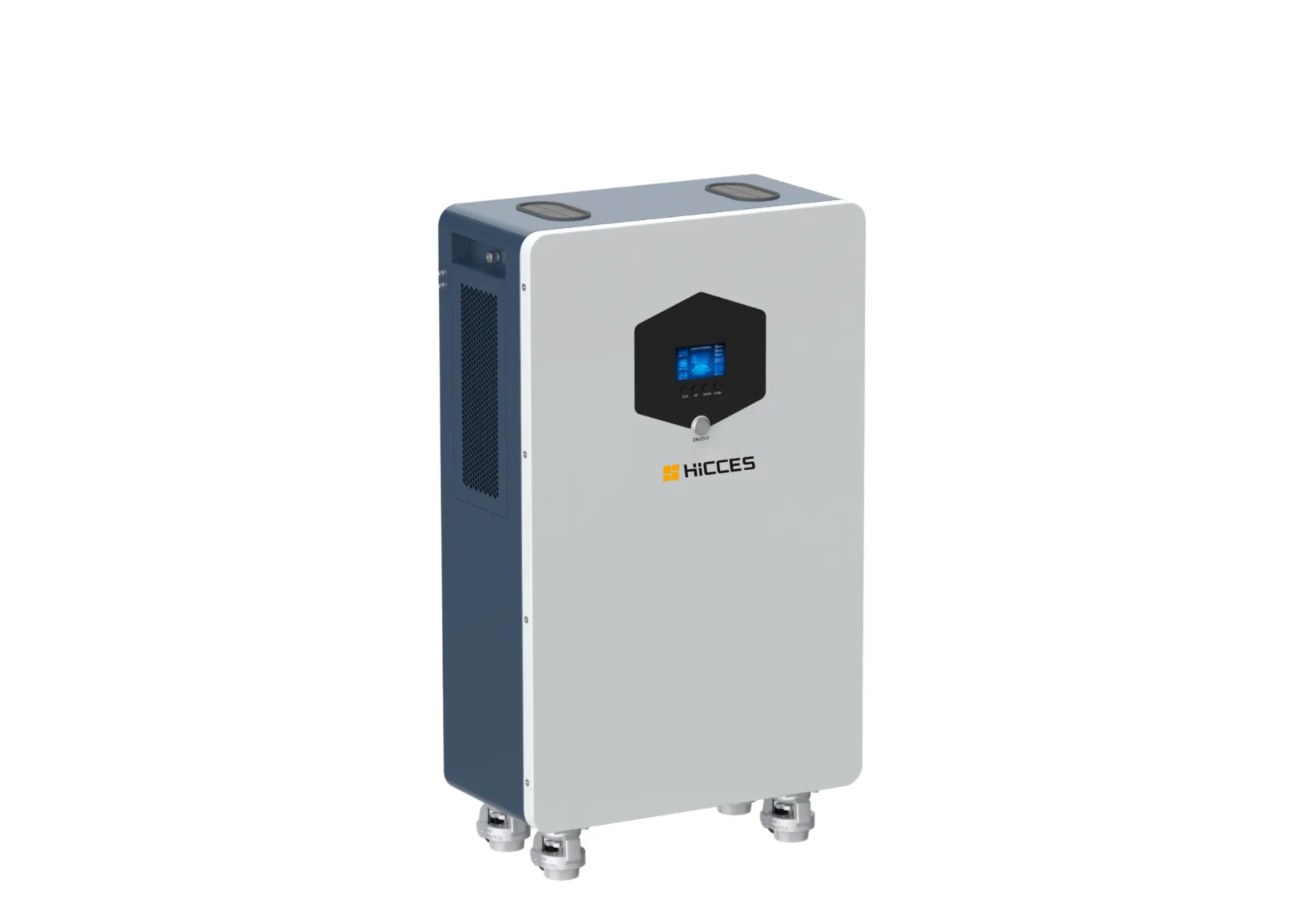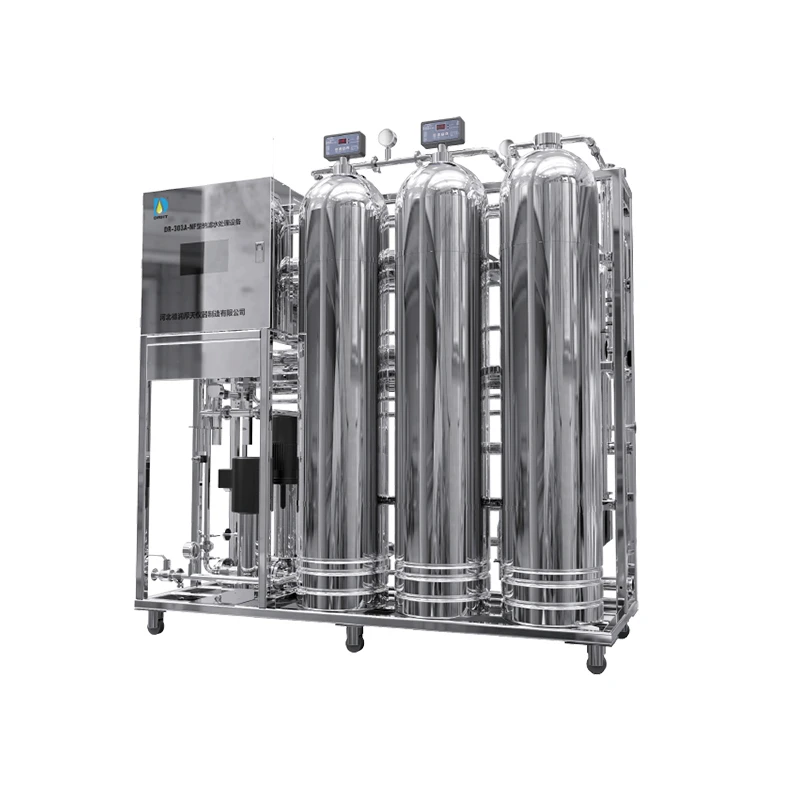Efficient Household Solar Battery Storage Solutions Eco-Friendly Home Energy Storage
- Introduction to household solar battery storage
and its relevance in today's energy landscape - How solar battery storage technology works and key technical advancements
- Industry comparison: leading vendors and product specifications
- Understanding the cost structure and financial benefits
- Customizing solutions: choices and considerations for different households
- Real-world application cases and data insights
- Future outlook: household solar battery storage in the evolving energy ecosystem

(household solar battery storage)
Understanding the Impact of Household Solar Battery Storage
As the world increasingly turns to renewable solutions, household solar battery storage has emerged as a vital component in home energy management. With global energy consumption accelerating and traditional grids facing mounting stress, storing solar power at home bridges supply and demand gaps, enhancing both sustainability and security. According to the International Energy Agency (IEA), global installed home battery capacity exceeded 17 GW in 2023, up from just 3 GW in 2018—a staggering sixfold growth underscoring widespread adoption.
The adoption of solar batteries not only empowers homeowners to maximize self-consumption but also mitigates energy bills and carbon footprints. Beyond backup during outages, these systems offer grid independence and energy cost stability amid fluctuating utility prices. Additionally, the integration rate of household energy storage battery systems is projected to surge further, with European and North American markets leading demand growth, driven by policy incentives and net-metering schemes.
Innovative Technology Behind Solar Battery Storage
The science of solar battery storage has evolved rapidly, driven by innovations in lithium-ion chemistry, sophisticated battery management systems (BMS), and smart integration. Modern household energy storage battery units are equipped with real-time monitoring, app-based controls, and scalable architectures supporting various home sizes and solar array capacities.
Lithium-ion technology, accounting for more than 85% of residential installations, is valued for its high energy density and long cycle life—often exceeding 6,000 charge cycles with minimal degradation. Cutting-edge thermal management and AI-driven optimization now further extend battery health, optimizing charge/discharge rates according to real-time consumption patterns and solar generation forecasts. Lead-acid, while historically common, is rapidly being phased out in favor of these more efficient chemistries.
Vendor Comparison: Performance and Specifications
Choosing the right provider for household energy storage involves evaluating capacity, efficiency, longevity, and compatibility. Below is a comparison of leading vendors as of 2024:
| Brand | Model | Storage Capacity (kWh) | Round-Trip Efficiency (%) | Cycle Life | Warranty (years) | Smart Integration | Typical Retail Cost (USD) |
|---|---|---|---|---|---|---|---|
| Tesla | Powerwall 2 | 13.5 | 90 | 6,000+ | 10 | Yes | 8,500 |
| LG Energy Solution | RESU 16H Prime | 16 | 94 | 6,000+ | 10 | Yes | 10,500 |
| Enphase | IQ Battery 10 | 10.5 | 89 | 7,300 | 10 | Yes | 9,800 |
| Sonnen | eco 10 | 10 | 86 | 10,000 | 10 | Yes | 12,000 |
The above comparison highlights not just the specifications but also the diversity in pricing and technological sophistication across vendors. Prospective buyers should match technical needs to daily and seasonal consumption patterns to achieve the best value.
Cost Structure and Economic Analysis
Financial considerations weigh heavily in household solar battery cost analysis. The upfront expenditure on batteries typically ranges between $8,000 and $16,000 (including installation), depending on capacity and brand. The levelized cost of stored energy (LCOS) now averages $0.20–0.30 per kWh in 2024, a notable reduction compared to $0.40+ per kWh just five years ago.
Payback periods have shortened due to increasing electricity tariffs and widespread time-of-use billing. For example, in California, users can save over $1,000 per year by charging batteries from midday solar and using that power during evening peak rates. Factoring in tax credits (ITC up to 30%), rebates, and utility incentives, the net outlay is significantly reduced, driving mass-market adoption. ROI analysis reveals that in some regions, households may break even in less than seven years, making household solar battery storage a financially viable long-term investment.
Customized Solutions for Every Household
No two households have identical energy profiles or installation constraints. To maximize returns, customization is essential. Variables such as roof area, solar array design, average daily usage, peak load appliances, and local climate all influence battery sizing. Most suppliers offer modular systems, allowing homeowners to add capacity in 5 kWh increments as needs change.
Integration with smart home platforms (e.g., Google Home, Amazon Alexa), electric vehicles, and even off-grid cabins can further enhance autonomy and convenience. Some vendors offer hybrid solutions, combining solar, battery, and generator support—ideal for regions prone to blackouts or wild weather events. Consulting with certified installers is advisable to tailor system configuration, handle permitting, and ensure safety compliance under local codes.
Application Case Studies and Performance Data
Real-world cases provide compelling evidence of the impact and versatility of household solar battery storage:
- Urban Family, Germany: Installed an 11 kWh system with 8 kWp solar PV. Achieved 73% solar self-sufficiency, slashing annual grid power draw by over 4,000 kWh and lowering annual bills from €1,800 to under €500.
- Rural Home, California: Deployed two Tesla Powerwall units. Maintains uninterrupted power during outages, completely eliminates peak tariffs, and increased property value by an estimated $15,500.
- Australian Suburb: Community battery pilot involving 50 homes. Shared battery storage achieved collective energy bill reductions averaging 37%, with payback period under 6 years due to regional incentives.
Post-installation surveys consistently report satisfaction rates above 92%, with chief benefits cited as bill reduction, security, and environmental impact. Ongoing data from smart meters reveal battery-equipped homes export 40% less excess energy to the grid, enhancing returns via self-consumption.
The Future of Household Solar Battery Storage
Looking ahead, ongoing reductions in cell prices, advances in solid-state batteries, and broader regulatory support position household solar battery storage as the linchpin of decentralized energy systems. Grid resilience, virtual power plants, and real-time energy trading are set to transform how energy is stored, shared, and consumed at the domestic level.
As digitalization and electrification accelerate, the synergy between distributed solar, intelligent batteries, and demand-response technologies will empower homeowners not just as consumers but as active contributors to a more resilient, low-carbon grid. The continual evolution of household solar battery storage cement its role at the heart of tomorrow's energy landscape—a shift already visible today.

(household solar battery storage)
